Understanding Spinal Cord Stimulation for Chronic Pain
Living with chronic pain can be a daily struggle, affecting one's quality of life and overall well-being. Fortunately, modern medicine offers innovative solutions to help individuals find relief. Spinal cord stimulation (SCS) is one such breakthrough that has been proven effective in alleviating neuropathic pain, which includes conditions like peripheral neuropathy, diabetic neuropathy, post-laminectomy syndrome, and complex regional pain syndrome (CRPS). In this blog, we'll explore the world of SCS, its applications, and the procedure involved.
Neuropathic Pain: A Deeper Look
Neuropathic pain is a complex and often excruciating type of chronic pain. It arises from damage or dysfunction in the central nervous system (the spinal cord) or the peripheral nervous system (nerves outside the spinal column). Diseases affecting these areas can also lead to neuropathic pain, and the symptoms can manifest as stabbing, pricking, or sharp pain in the upper or lower extremities. Remarkably, even a gentle touch on the skin can trigger intense pain, far beyond what we consider "normal" discomfort.
Understanding Spinal Cord Stimulation
Spinal cord stimulation is a groundbreaking approach to managing neuropathic pain. It involves an implantable device that delivers mild electrical impulses to specific nerves in the spinal cord. These impulses effectively replace pain signals with a more pleasant sensation, referred to as "paresthesia." Paresthesia is often described as a pleasant tingling, offering a welcomed respite from chronic pain.
Before committing to a permanent SCS implant, patients typically undergo a trial period to determine its effectiveness in relieving their pain. This trial, conducted on an outpatient basis in a medical office, is a crucial step in the process. Here's what the SCS trial entails:
Lead Placement: The procedure begins by anesthetizing the area. Subsequently, one or more thin, flexible leads are inserted into the epidural space adjacent to the spinal cord using a thin needle.
External Generator: These leads are then connected to a portable external generator, which serves as a temporary power source for the device.
Pulse Programming: Medical professionals program the generator to emit mild electrical pulses. These pulses replace pain signals with paresthesia, providing relief to the patient.
The entire trial typically takes about 30 to 45 minutes, followed by a short observation period in the medical office. This trial phase is a critical step to ensure that SCS is the right choice for the patient and that it effectively manages their pain.
Spinal cord stimulation has emerged as a beacon of hope for those grappling with chronic neuropathic pain. By offering an alternative to traditional pain management methods, it allows individuals to regain control of their lives and experience the relief they so desperately seek. So, if you or someone you know is battling chronic pain, SCS may be the light at the end of the tunnel.
